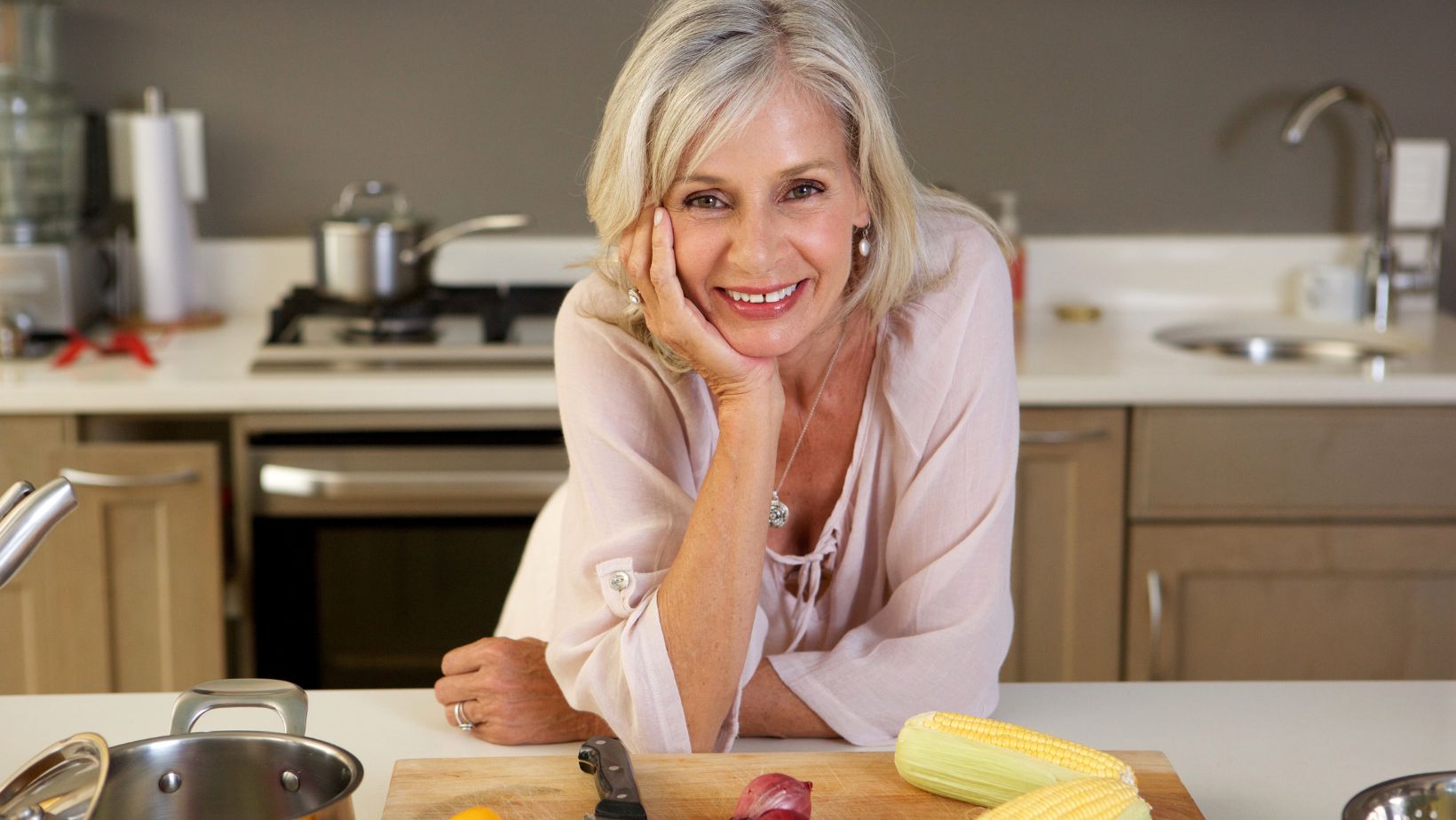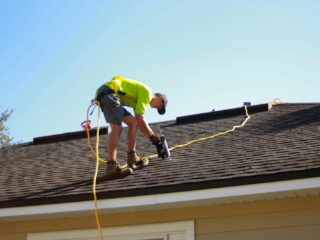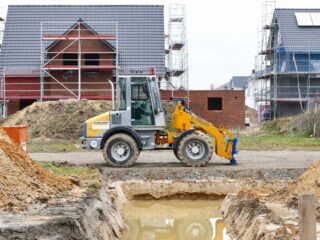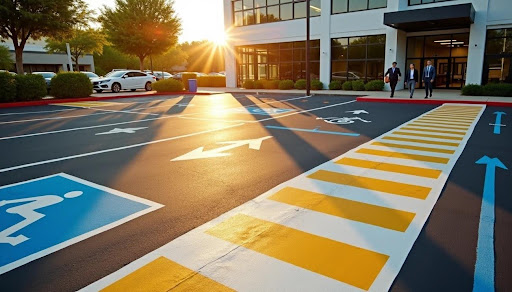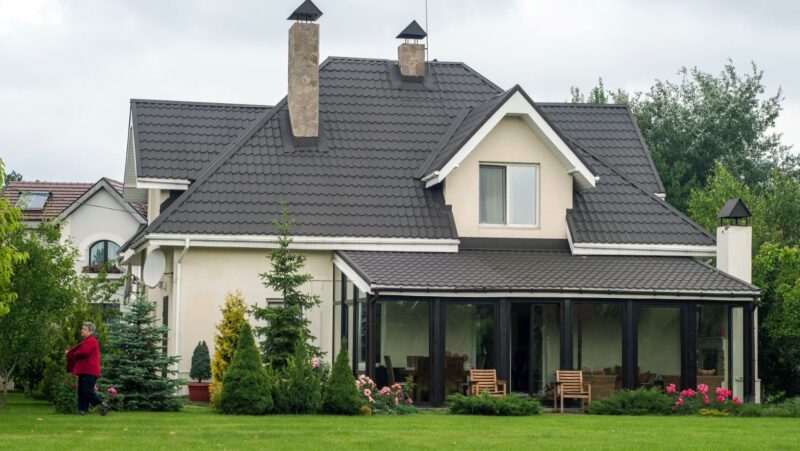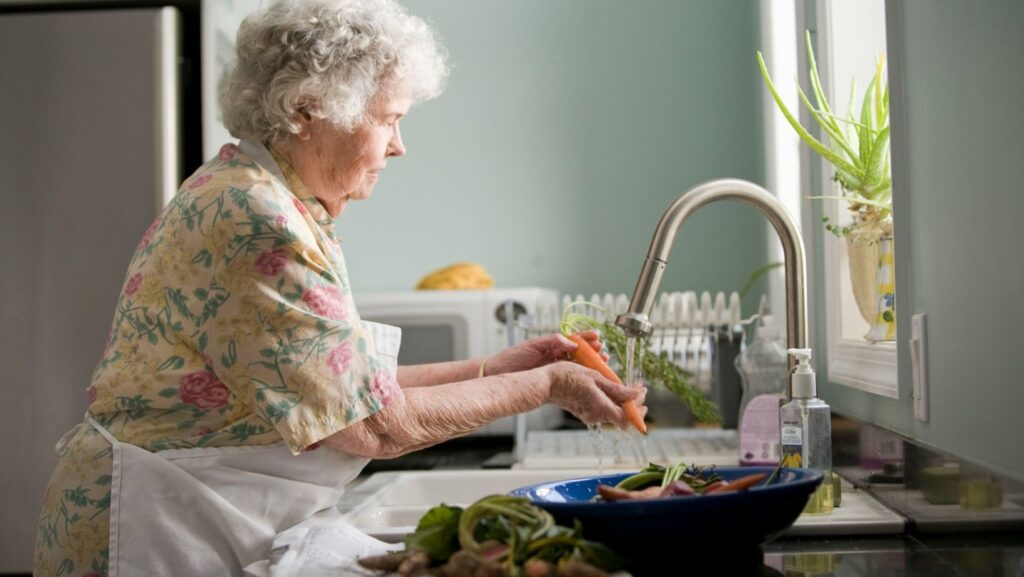
Our home is a place of comfort and happiness. However, ensuring it remains a safe environment is essential. Particularly as natural changes in vision, hearing, and memory increase susceptibility to accidents. Everyday activities like cooking or climbing stairs can become challenging or even hazardous.
By incorporating aids and making thoughtful adaptations, homes can support independence while prioritizing safety. Whether it’s with small, discreet tools that offer assistance or more significant modifications that simplify daily routines, these changes can transform the home into a space that’s both secure and functional.
Reorganize Your Kitchen Storage
If you usually store your most-used kitchen utensils and groceries on higher shelves, consider moving them to a more convenient, reachable spot or swapping them to lower shelves or cupboards. Reaching or using a step stool to access these items can pose a risk and lead to accidents.
It might also be worth exploring storage solutions to keep your cupboards better organised. Items like rotating trays, tiered or stackable shelves, and organising trays or dividers can help you make the most of your space while keeping your groceries easy to see and access.
Handrails
Handrails are essential for providing support and ensuring stability in parts of the home that can be more challenging to access. They are vital in reducing the risk of falls and can boost your confidence as you move between different spaces in your house.
Consider installing handrails along staircases, hallways, or anywhere else additional support might be helpful. Adding grip bars near the toilet, shower, or bathtub is another effective way to minimize the chances of slipping in these areas.
To ensure durability and safety, select high-quality materials and have a professional handle the installation of your handrails and grip bars.
If you’re having mobility and other struggles within your home, contact home care services in Sterling, VA, for help with daily living activities.
Rearranging Furniture
Rearranging your furniture makes your home more accessible. This straightforward adjustment helps if you use a mobility aid like a wheelchair.
Create open, obstacle-free pathways for smooth movement throughout your home. Stability is key as well, avoid furniture with wheels or pieces prone to tipping over. You might need to store or replace certain items to make your space safer. Keep frequently used items within arm’s reach to reduce unnecessary bending or stretching. If moving large or heavy pieces feels overwhelming, consider asking a friend, family member, or care professional for help to ensure the process is manageable.
Clear Clutter
Determining what constitutes clutter can be subjective. A loved one may not view their space the same way you do. However, excessive clutter can lead to various hazards, such as tripping risks, blocked airflow, hidden pest issues, and potential fire dangers.
It can also create challenges if emergency services need to access the home quickly. If you’re worried about a loved one’s living space, starting a considerate conversation may encourage them to see things differently.
Use supportive language and avoid terms like “junk” or “clutter.” Instead, ask them about their intentions for particular items and explore safer storage solutions together. This collaborative approach can help create a safer and more comfortable home environment.
Lighting
Proper lighting is essential for maintaining safety, regardless of age, but it becomes even more critical as we get older and our vision may decline. A poorly lit space can turn small obstacles into bigger risks, with even a simple fall in the dark leading to serious injuries. To enhance safety, consider using brighter bulbs in dim areas like staircases, hallways, and entryways.
Nightlights can offer gentle illumination to guide your way while adding a sense of security at night. For added convenience and safety, motion-sensor lights automatically brighten spaces as you move, making it easier to safely navigate your home.
Endnote
Creating an age-friendly home goes beyond physical adjustments. It’s just as much about fostering emotional comfort and well-being. Approach the transition with patience and understanding. Highlight the positive impact of the changes and reassure your loved ones that these steps aim to safeguard their independence and enhance their quality of life.


